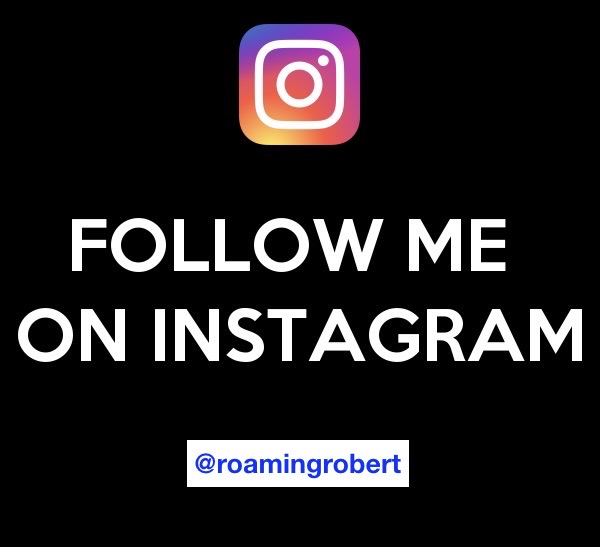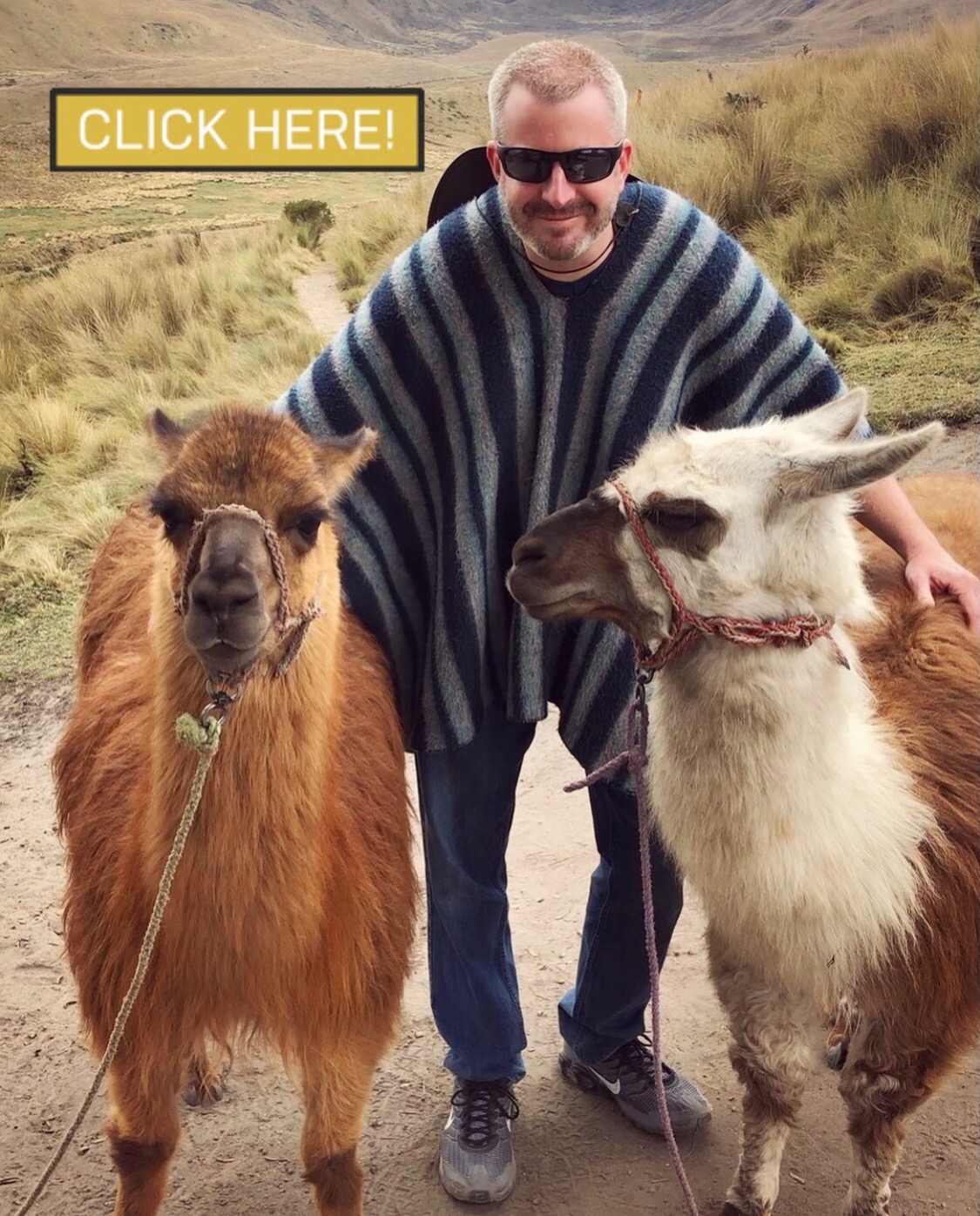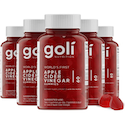New Zealand is one of the most beautiful countries in the world. Nowhere else will you find so many geological features within such a small area of land. From picturesque mountains to sandy beaches, lush rainforests to deep fiords, there are numerous rewarding vistas to be gazed upon while visiting this enchanted land.
Lying in the South Pacific Ocean, New Zealand is 990 miles east of Australia and 6,210 miles west of San Francisco. The country consists mainly of two large islands (the North and South) as well as a number of smaller ones.
Most of New Zealand’s population resides on the North Island. Primarily in Auckland, (the largest city) and Wellington, (the nation’s capital). The North Island has a wide range of climates due to its varied landscape which includes fertile, lush dairy pastures. The island’s most popular feature is its geothermal wonders around Rotorua and the volcanic plateau.
Separated by the Cook Strait, the South Island is slightly larger than the North and is dominated by the Southern Alps which run almost the entire length of the west coast. The highest peaks are at the center of the range and reach 12,349 ft on Mt. Cook. The eastern side of the Alps is mostly dry and non-forested while the west has high rainfall and magnificent forests.
New Zealand was first settled between 800 and 1000 AD by the people known as the Maori. They are believed to have come from the Polynesian Islands. Upon arrival, they called this place Aotearoa, “the land of the long white cloud.” The first European to arrive was the Dutch explorer Abel Janszoon Tasman, followed in 1769-1770 by the British Captain James Cook. It was Cook’s circumnavigation and charting of the main islands that paved the way for the whaling and trade industry. Much of Cook’s influence can be seen throughout the country by his namesakes. The Southern Alps were given their name by Captain Cook, who was amazed by their beauty and similarity to the European Alps (despite the fact that he never saw the European range in person).
When driving around New Zealand, there is much that will catch your eye. The spectacular scenery, the ever changing landscape, and the bullseye speed limit signs. One thing in particular that you can’t help but notice is SHEEP!!! And lots of them. Sheep farming is ideally suited to the New Zealand climate. It is said that the country has over 50 million of the animals and all are bred on natural, free-range pastureland. They are everywhere, so if you see a sign that indicates “sheep crossing,” slow down… It’s not uncommon to find them running down the street alongside your car.
New Zealand has 14 National Parks and all are beautiful. From the snow-capped volcanoes of Ontario in the North, to the sheer cliffs of Fiordland in the South, you will be awe-inspired by the dramatic range of scenery. Other popular parks include Abel Tasman, Mount Aspiring, Arthur’s Pass, and Mount Cook.
Fiordland
Fiordland National Park is often considered the most beautiful park in the country. It’s the most remote and covers an area of 8,100 square miles, making it the country’s largest. With views that rival that of Norway’s fiords, it’s a place dominated by forest and water. Of the Park’s 14 fiords, Milford Sound is by far the most popular and accessible. Stretching 10 miles long, this fiord can be best appreciated by boat or air. Both tours are available, but be sure to book in advance. Milford Sound’s most famous landmark is Mitre Peak. Named for its resemblance to a Bishop’s Mitre, this pyramid-shaped mountain rises 5,550 ft straight from the fiord bottom.
As beautiful as Milford Sound truly is, part of the reward is getting there. The 75-mile road from Te Anau has earned World Heritage Highway Status for its unique landscape. Passing rugged mountains, lush forests, and cascading rivers, it’s a drive that you don’t want to miss. Just be careful on the return trip. Sometimes the police set up speed traps to catch tourists eager to get back to their hotel for a hot shower and cold Steinlager.
Christchurch
Christchurch is the largest city on the South Island and the capital of the Canterbury region. Its streets are lined with Gothic architecture and most of the city can be seen on foot. Christchurch is built around Cathedral Square, which is a great place to people watch and spend some time. Dominated by the Angelican Christ Cathedral, the square is also populated with street performers and the city’s resident wizard. The Botanic Gardens are a nice place to go for a stroll or take in some sun. If you’re looking for a quick tour of the city, jump on the Christchurch tram. Resembling a San Francisco cable car, the tram takes passengers on a 2-mile route passing many city centre sights. For a unique and relaxing way of seeing the city, try punting on the Avon River. Other highlights around town include the gondola at the top of the Port Hills which offers excellent views of the city and the Christchurch Pier in New Brighton. Here you can fish, enjoy a sunrise, or just watch locals catch crabs – the crustacean, that is.
Queenstown
Located on the northeast shore of Lake Wakatipu and backed by the Remarkables Range, Queenstown is said to be one of the most scenic settings in the world. Although these views may attract many, the endless number of adventure sports attract more. Queenstown boasts the nickname “Adventure Capital of New Zealand.” From skydiving to paragliding, jet boating to white-water rafting, there is something for everyone, and you’ll have no trouble finding a sport to get your pulse accelerated. The most popular among these activities however is Bungy Jumping. First made famous by New Zealander A.J. Hackett, who took a dive of the Eiffel Tower with a rubber cord strapped to his ankles in 1986. It’s a must try among tourists. There are 3 locations in and around town where this adrenaline rush can be experienced.
– The original and most frequently jumped site is Kawarau Bridge. At 141 ft, it’s the only place around the city where you can be dunked into the river.
– The Ledge Urban Bungy (154 ft) sits at the top of the Skyline Gondola overlooking Queenstown . Unlike the other jump sites, you’re fitted with a body harness allowing you to make a running jump.
– Nevis Highwire Bungy is the highest of the 3 sites. At 439 ft, jumpers get around eight seconds of freefall. You launch from a gondola strung way out over the Nevis River, a tributary of the Kawarau.
Other popular attractions include a cruise on the TSS Earnslaw or a gondola ride up to Bob’s Peak. It’s here where you’ll get the best views of Queenstown and this is also a great place to watch paragliding. If you’re in a racing mood, test your skills on the Luge.
Queenstown and the surrounding area have the country’s highest concentration of Lord of the Rings film locations. Some spots you will instantly recognize, but others were so digitally manipulated that it takes a sharp eye to determine what was and wasn’t really used.
If golf is your game, Queenstown has a beautiful course surrounded by water. Like most courses throughout the country, a round of 18 is rather inexpensive. Afterwards, you can relax with a chilled cocktail in the Ice Bar.
West Coast
Unlike the eastern side of the Southern Alps, the west coast gets heavy rainfall for days at a time. Nowhere else on the island will you find such lush rainforest as you will here. Home to just 32,000 people, the west coast was scarcely populated until the 1860’s gold rush. It was then that the three largest settlements of Westport, Greymouth, and Hokitika began to take shape. The drive up Highway 6 can be a scenic one (weather permitting) and is a good starting point for exploring the Fox and Franz Josef Glacier. On a clear day, be sure to stop by Lake Matheson for some great photo opportunities of both Mt Cook and Tasman.
Arthur’s Pass
Arthur’s Pass road is the highest and most scenic highway across the Southern Alps. Reaching a height of 3,030 ft, the pass is traversed by a rail line which is very popular among city dwellers who want to take advantage of the high-country and its several ski slopes. It was civil engineer Arthur Dudley Dobson who named the pass after hearing about it from a local Maori who often used the route for trade and raiding parties. The route cuts right through Arthur’s Pass National Park which offers great opportunities among outdoor enthusiasts, including mountain climbing and hiking.
New Zealand is definitely a must see destination among travelers. With an isolation like that of Hawaii, it’s like you’re in an entirely different world. This is an amazing destination whether you are looking for adventure or just somewhere clean, friendly, and beautiful to relax. I can guarantee you won’t be disappointed with Aotearoa.





 American Dollar Converter
American Dollar Converter






Speak Your Mind